5 Things in Myrtle Beach Golf You Just Don’t See Every Day
A golf getaway doesn’t make much sense if it fails to produce enduring memories. You have no worries there with vacation destinations like Myrtle Beach, where the combination of quality, quantity and diversity of course options is unparalleled – and sure to please the golf taste of even the most discriminating palate.
Sometimes, though, when you’re planning a much-needed golf escape, added inspiration helps the decision-making process. Even repeat visitors to “The Golf Capital of the World” planning their next trip yearn for something a little different. An element or wrinkle that adds a little spice to the festivities. Maybe something they’ve not yet experienced on a Myrtle Beach golf trip – or any golf trip, for that matter.
Even for longtime visitors to the Grand Strand, we’re betting that at least one of the following elements either remains an unchecked item on your Myrtle Beach golf bucket list, or is on your current “to-do” list because it’s a part of golf that you just don’t get to experience every day. They include:
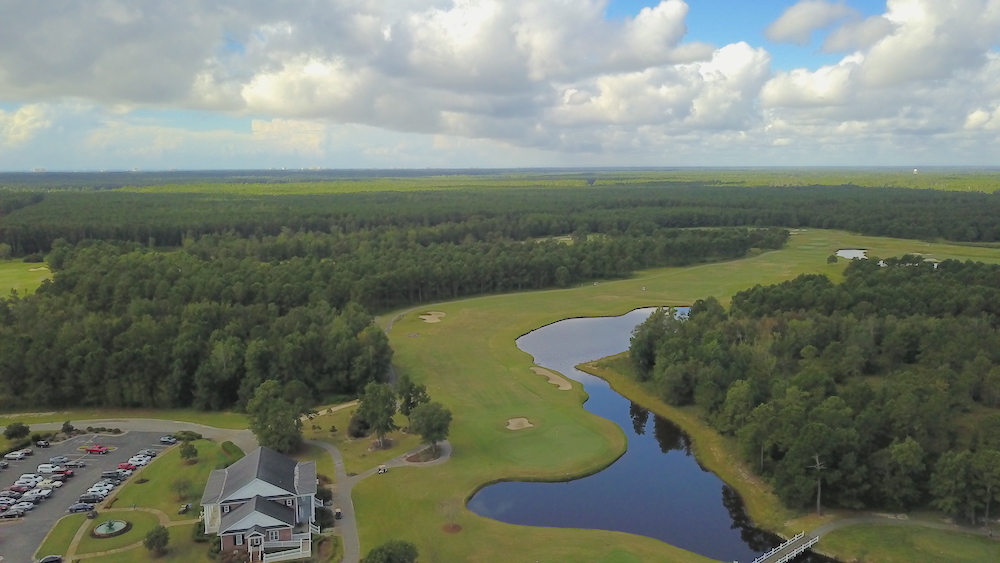
A par 6 (). Not only does this monster of a finishing hole offer a rarely seen route to a birdie or eagle, it quite literally starts in one state (South Carolina) and ends in another (North Carolina). Regardless of the set of tees from which you play No. 18 at Farmstead you’ll be tempted to go for broke, see just how low you can go, and no matter the result have a one-of-a-kind golf story to share with your family and friends.
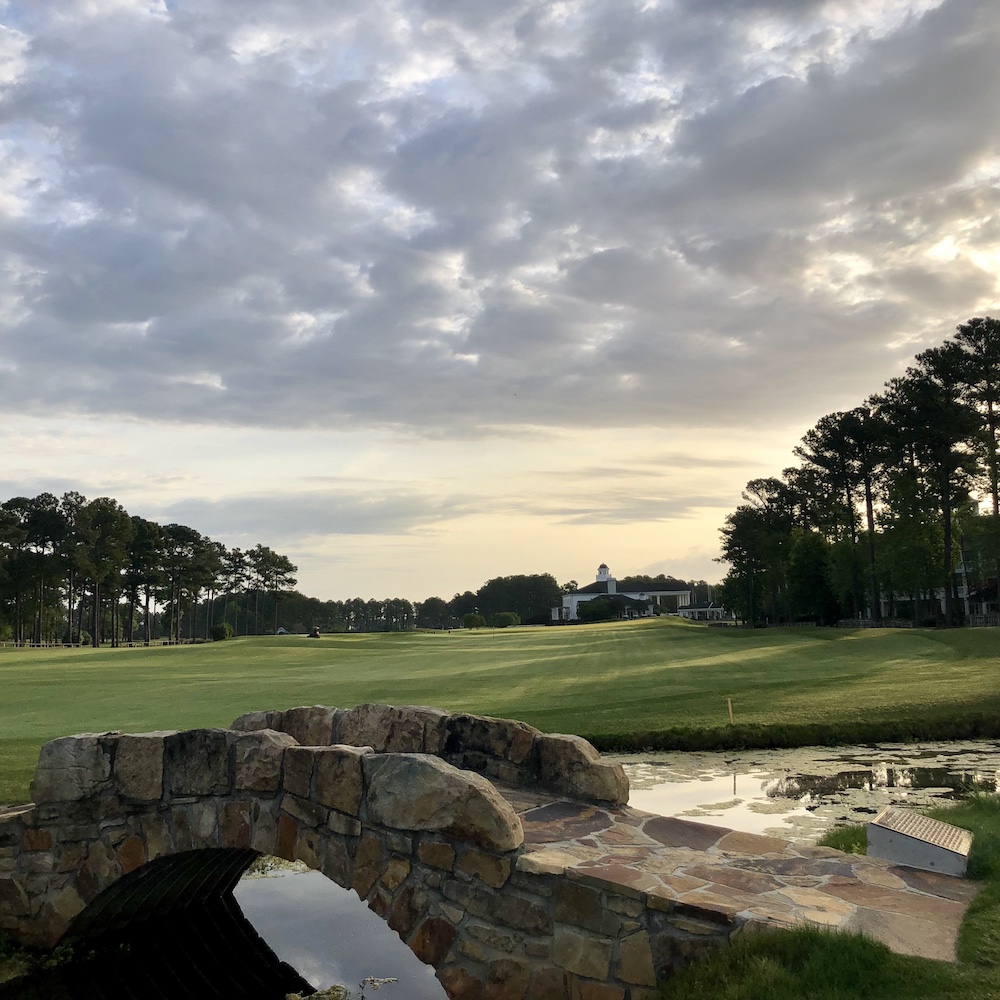
The replica concept (World Tour). The Masters is coming, along with another compelling reminder of the unmatched beauty, splendor and golf genius that’s wrapped into its host venue. Chances are you’re not among the very select few who’ve gotten to play the hallowed grounds of Augusta National, but World Tour Golf Links offers a unique opportunity to get a first-hand taste of what it’s like. Each hole at World Tour offers a finely tuned take of a renowned golf hole from around the globe, including the island par 3 17th at TPC Sawgrass; the starting and finishing holes of The Old Course at St. Andrews; and, of course, each of the three holes that comprise Augusta National’s “Amen Corner.”
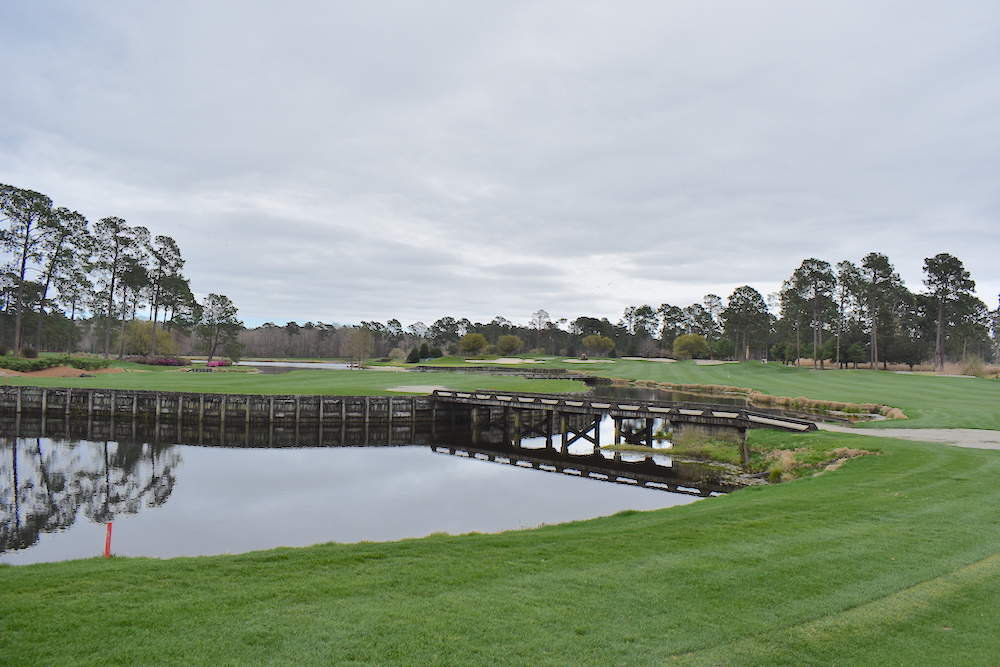
Island fairways (King's North at Myrtle Beach National). When the par-5 6th hole at Arnold Palmer’s most renowned Grand Strand design was unveiled to the golfing public a quarter century ago, it was dedicated to country music legend Kenny Rogers, who was even in attendance to commemorate the occasion. “The Gambler” gives you two compelling choices off the tee: play it safe and follow the main hole around its long, dogleg left fairway en route to a “traditional” par or birdie; or go for broke and aim for the back of an island fairway, where only a mid- to long-range iron and an all-water carry over an expansive lake separate you from an elusive shot at eagle. Do you have what it takes to “know when to hold ‘em,” and “know when to fold ‘em”?
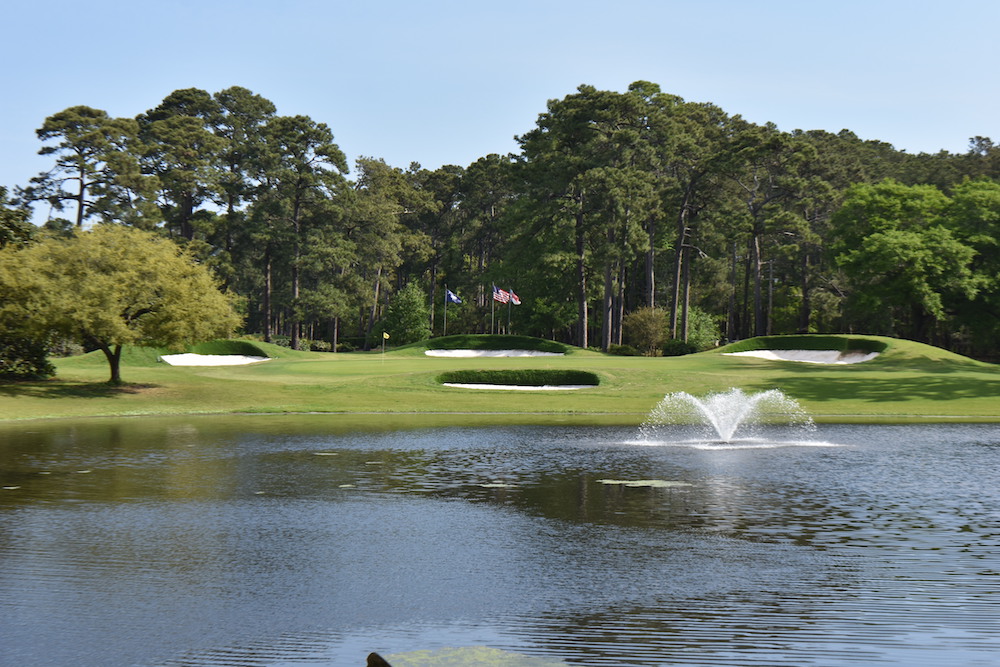
The longest course in South Carolina (Eagle Nest). To be clear, this popular North Strand design offers a wide range of tees from which golfers can play to suit their handicap index. But in recent years, Eagle Nest took the added step of creating a formidable challenge for the longest and more accomplished players who dare to play it from the Gene Hamm design’s newest Perch tees. These particular tee boxes are elevated, built to resemble the course’s namesake, and play to a whopping 8,168 yards. The Perch tees are not for the faint of heart, but if you’ve got the ability and the requisite distance off the tee, ask yourself: “When was the last time I got to play a course from tees that are 800 yards longer than the average PGA TOUR course setup?”
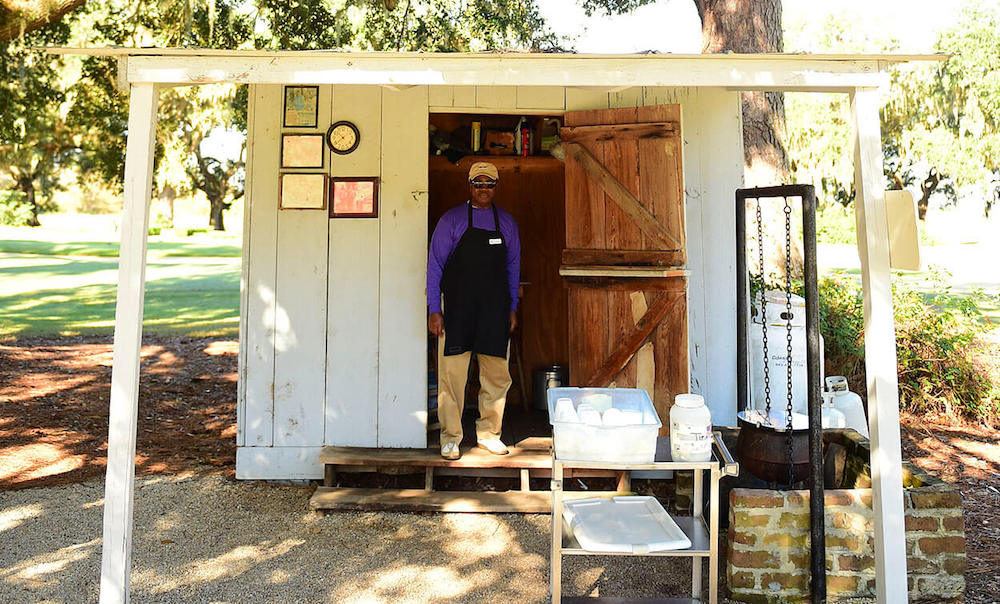
Clam chowder at the turn (Caledonia). No visit to Mike Strantz’s Lowcountry masterpiece is complete without the requisite stop at the turn for a cup of its famous Caledonia Clam Chowder. An area local, George Young, concocted the recipe in 1994 and started serving it to golfers when the club opened. Over the ensuing quarter century, what started as “fish stew” became better known by its current label as northerners flocked to the area in the winter months and helped make it one of the Lowcountry golf scene’s most requested elements.



